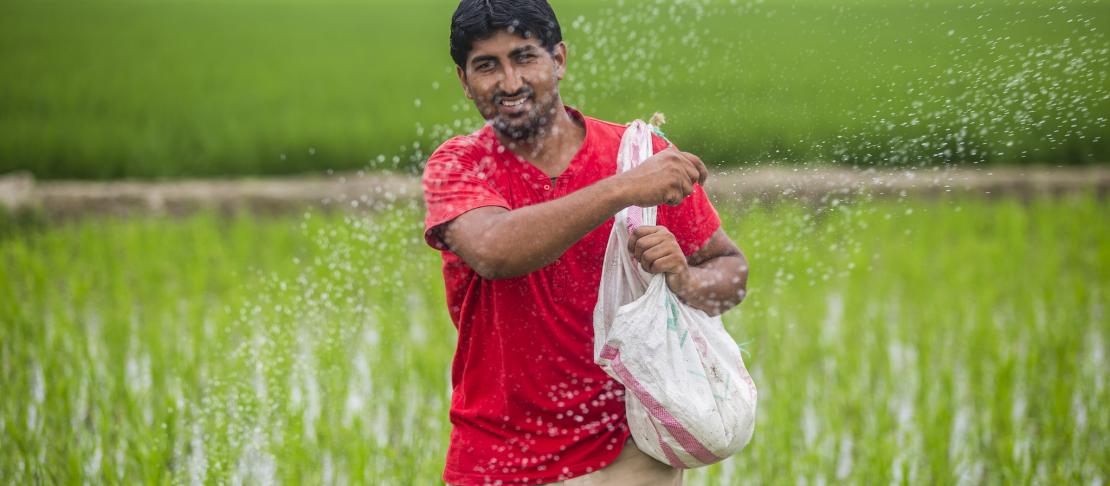Curbing crop residue burning to improve public health and reduce emissions

Crop residue burning in northwest India has created a crisis situation and a public health emergency. Currently, less than 15% of total rice residue is being utilized through on-farm recycling, for electricity generation, or other sustainable means of disposal, before the next crop requires labor, time, and capital.
To inform the Indian government and suggest solutions, CCAFS, the International Maize and Wheat Improvement Center (CIMMYT), CGIAR Research Program on Wheat (WHEAT) and partners developed several policy briefs. Alongside these, policy dialogues, round-table dialogues and senior-level policy meetings helped to bring the issue to the attention of policymakers. This work encouraged the Indian Government to prioritize crop residue management solutions, and it has now established a large-scale routing investment of USD 170 million (INR 1150 crores). The investment will popularize the “Happy Seeder” technology, one of the core areas of CCAFS research in CSVs. With this technology, a tractor plants wheat using crop residue from rice production as mulch. The investment will benefit 2 million farmers, covering approximately 4 million hectares.
Several cross-cutting issues were emphasized by the project. Specifically, women’s knowledge was a focus, as was motivating and attracting youth to agriculture. Accordingly, communication and need-specific training specifically targeted women and youth.
Further reading
- Policy brief: Innovative Viable Solution to Rice Residue Burning in Rice-Wheat Cropping System through Concurrent Use of Super Straw Management System-fitted Combines and Turbo Happy Seeder
- Brief: The Evergreen Revolution Six ways to empower India’s no-burn agricultural future
- Report: Role of different business models in scaling and adoption of Happy Seeder Technology in Haryana and Punjab
- Research note: Scaling conservation agriculture for sustainable intensification in South Asia a regional policy dialogue
- Report: Policy level engagement for Investment on scaling CSAPs at least one sub-national level government
- Policy brief: Efficient Potassium Management in Indian Agriculture
Project partners
CIMMYT, CGIAR Research Program on Wheat (WHEAT), The Nature Conservancy (TNC), Borlaug Institute for South Asia (BISA), Central Soil Salinity Research Institute (CSSRI), Punjab Agricultural University (PAU), CCS Haryana Agricultural University, Wageningen University and Research Centre (WUR), Indian Council of Agricultural Research (ICAR), Government of India


